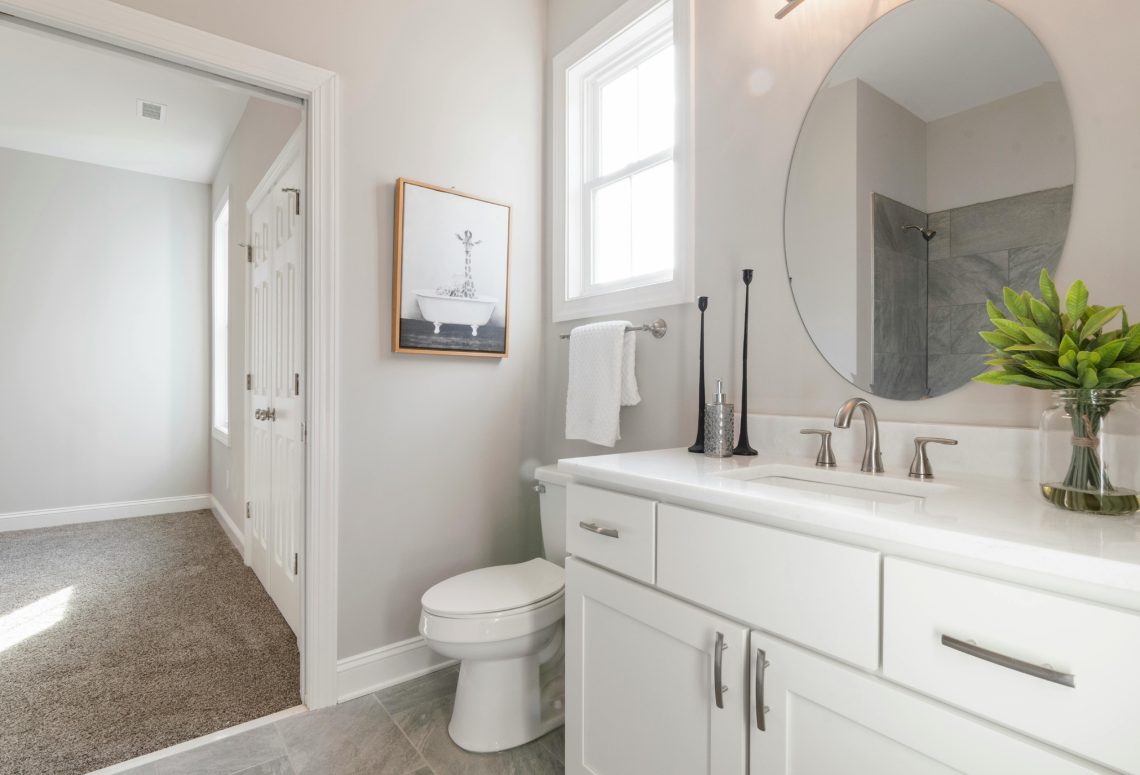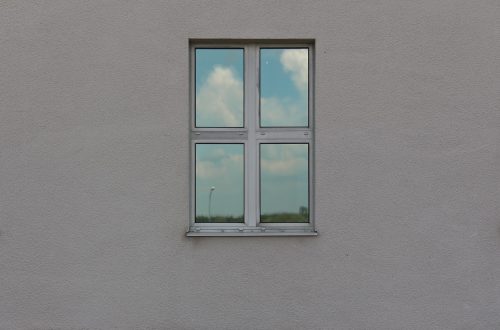Wet room bathrooms are transforming how homeowners approach bathroom design. Unlike traditional bathrooms with separate shower enclosures, a wet room creates an open-plan space where the entire floor serves as the shower area. This innovative approach eliminates the need for shower trays, doors, or curtains, creating a seamless waterproof environment.
The concept has gained significant traction amongst homeowners looking to maximise space whilst creating a sleek, contemporary aesthetic. From compact city flats to luxury homes, wet rooms offer a practical solution that combines functionality with modern design sensibilities.
Benefits of Wet Room Bathrooms
Space Maximisation
Wet room bathroom excels at making small bathrooms feel considerably larger. By removing the visual barriers created by shower enclosures, these spaces appear more open and spacious. This optical illusion proves particularly valuable in properties where every square metre counts.
Low Maintenance
Cleaning becomes straightforward without multiple surfaces, seals, and hard-to-reach corners. The continuous flooring surface means fewer places for mould and grime to accumulate. A quick rinse and wipe-down typically suffices for daily maintenance.
Contemporary Aesthetic
The minimalist design philosophy appeals to those favouring clean lines and uncluttered spaces. Wet rooms create a spa-like atmosphere that feels both luxurious and calming. The seamless integration of fixtures and fittings contributes to a sophisticated appearance that complements modern interior design trends.
Accessibility Benefits
Level access makes wet rooms ideal for users with mobility challenges. Without raised shower trays or door thresholds, these bathrooms accommodate wheelchairs and walking aids more easily than traditional configurations.
Design Considerations for Wet Room Bathrooms
Waterproofing Requirements
Proper waterproofing forms the foundation of any successful wet room installation. The entire floor and surrounding walls require tanking with appropriate waterproof membranes. This process involves applying multiple layers of sealant and waterproof boarding to prevent water damage to underlying structures.
Professional-grade waterproofing systems typically include primers, membranes, and sealants applied in specific sequences. Corners, joints, and pipe penetrations require particular attention as these areas commonly experience water ingress if inadequately sealed.
Drainage Systems
Effective drainage prevents water from pooling and causing damage. Linear drains along walls or central floor drains provide efficient water removal. The floor requires a gradient of approximately 1:80 to direct water towards the drainage points.
Drainage capacity must accommodate the water flow from showers, with larger wet rooms requiring multiple drainage points or higher-capacity systems. The chosen drainage solution affects both functionality and aesthetic appeal.
Material Selection
Flooring materials must provide adequate grip whilst maintaining water resistance. Porcelain tiles, natural stone, and specialist wet room flooring systems offer suitable options. Wall materials should withstand constant moisture exposure without deteriorating.
Fixture placement requires careful consideration to maximise functionality whilst maintaining the open feel. Wall-mounted toilets and basins contribute to the seamless appearance whilst simplifying cleaning routines.
Potential Challenges and Solutions
Water Management
Concerns about water spillage affecting adjacent rooms rank amongst the most common hesitations regarding wet room installation. Proper floor gradients and adequate drainage address these concerns effectively. Glass screens can provide a partial enclosure where complete openness feels impractical.
Ventilation becomes crucial in preventing excess humidity and condensation. Powerful extractor fans help maintain comfortable conditions and protect against moisture-related issues.
Installation Complexity
Wet room installation requires specialist knowledge and experience. Structural modifications may be necessary to achieve proper floor levels and drainage connections. Building regulations compliance adds another layer of complexity requiring professional expertise.
The waterproofing process demands precision and cannot be treated as a standard DIY project. Mistakes during installation often prove costly to rectify and may cause significant structural damage.
Making the Right Choice for Your Home
Wet room bathrooms offer compelling advantages for homeowners seeking space efficiency, modern aesthetics, and low maintenance solutions. The investment in professional installation and quality materials pays dividends through increased property value and daily convenience.
Consider your specific requirements, budget constraints, and property characteristics before committing to this bathroom style. Consulting with experienced wet room specialists helps determine whether this approach suits your particular circumstances and delivers the benefits you’re seeking.





